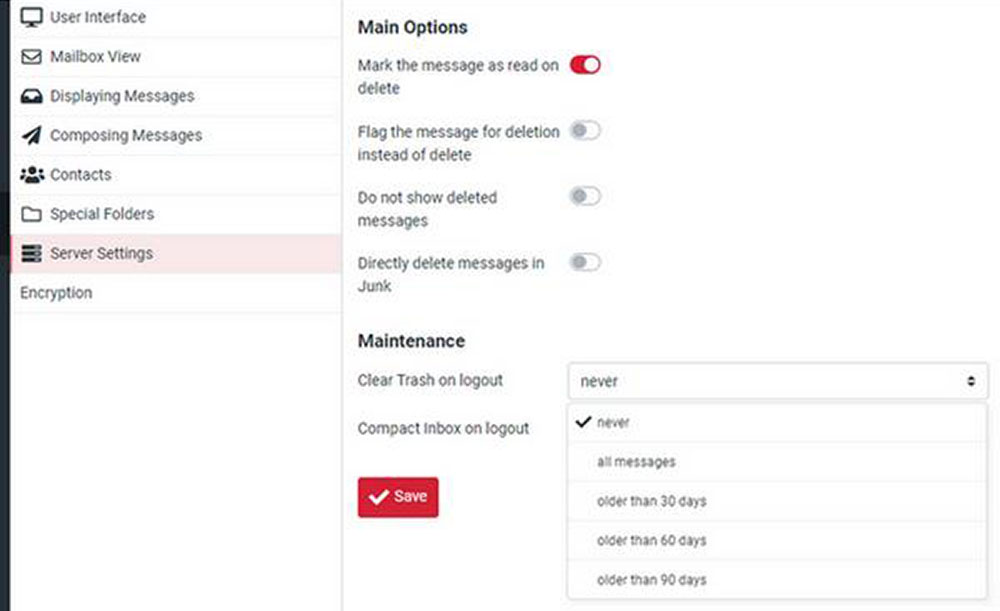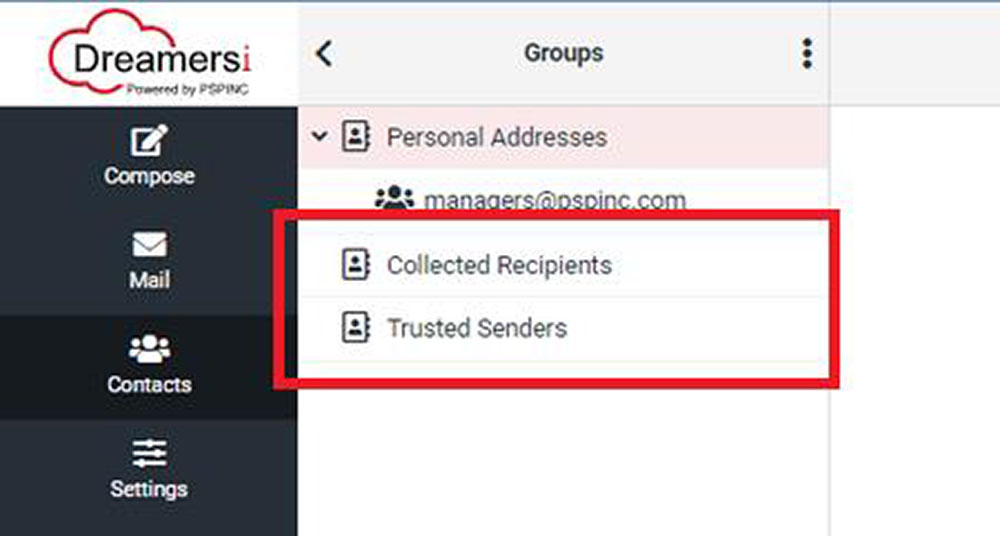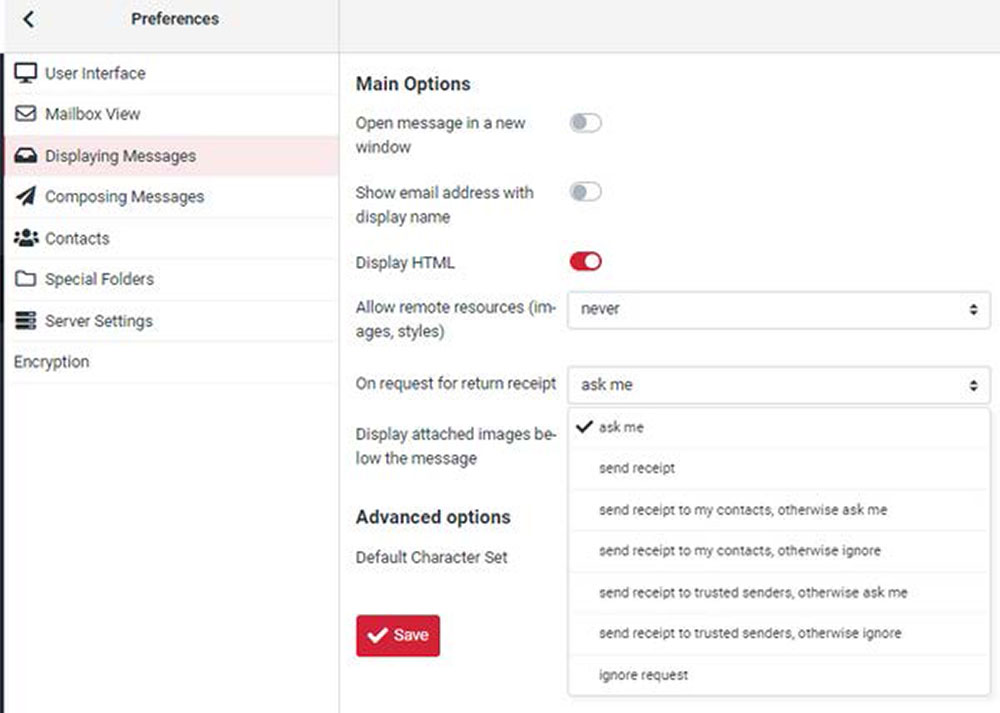To increase overall security for our users, we will be updating WebdeMail, our webmail platform (running Cent OS7 + Roundcube 1.4) by replacing it with the latest version (running Alma Linux8 + Roundcube 1.6). There will be less than one minute of downtime for these updates when accessing WebdeMail, but it won't have any impact on sending/receiving.
Date and Time
*US Pacific Standard Time (PST)
- December 28, 10:00 - 10:30 a.m.
*Japan Standard Time (JST)
- December 28, 2:00 - 2:00 a.m.
In this update, we will:
- Add a new Mailvelope extension plugin (available for Chrome, Edge, and Firefox) option that helps encrypt your emails. Install it manually at Mailvelope.com.
- Add a deletion period for emails in your Trash when you log out, with the option to:

- Never clear your Trash upon logging out.
- Clear all messages in your Trash when logging out.
- Clear messages older than 30 days when logging out.
- Clear messages older than 60 days when logging out.
- Clear messages older than 90 days when logging out.
- Add a “Business (Work)” contact form option, which lets you add "Organization", "Department" and "Job Title" when adding new contacts after selecting the "Business (Work)" contact form mode.
- Add a “Collected Addresses” feature, which automatically saves an email recipient to an address book. It also lets you automatically save an email address after selecting the “Always allow from” pop-up option, which will appear in an email with remote content. That email address will then appear in the new “Trusted Senders” address book. Both “Collected Addresses” and “Trusted Senders” address books will now appear in your contact groups.

- Add the ability to copy contacts from new groups like “Collected Addresses”.
- Move “On request for read receipt” to “Displaying Messages” (previously under “Mailbox View”).

- Remove the Spellcheck feature as many browsers and smartphones already have this feature built in.




























